PHOTOGRAPHIC CUES by Keziah MacNeill
Image credit: Keziah MacNeill
Photographic Cues by Keziah MacNeill
One of five artistic experiments forming part of The New Real Observatory platform – a creative AI platform combining raw satellite data and climate modelling with AI processing engines.
Photographic Cues explores the future of the photographic image in an algorithmic age, and brings to view a speculative future in which features of the natural landscape such as the body of water in a Scottish loch are the only remaining form of analogue lens.
Tuning into the operation of the neural network, MacNeill explores new ways to survey and see the land at a time of climate emergency, and looks at how the boundaries between human perception, analogue lens and algorithmic image blur.
The work presented brings to view a fictional future, in which a Scottish loch becomes a site to experience the slow gift of an image surfacing from the water in a digital and sculptural interface.
Image credit: Keziah MacNeill
A recent graduate from Edinburgh College of Art, and working here with AI for the first time, Keziah MacNeill is one of five artists using The New Real Observatory climate AI platform as a tool and medium to create new work. Approaching the subject of AI with a whimsical thought, MacNeill began to imagine a future time in which analogue image processing has become extinct, but the analogue camera lives on in new hosts in the natural environment, such as a Scottish loch.
The work explores the use of artificial intelligence in translations between lens and loch. The structure of the algorithm encourages a triangular dialogue to occur between artificial intelligence, climate data and photography, recontextualising them by and through one another. MacNeill presents an imaginative way to reimagine the link between global climate data and the photographic image. From the sowing of a set of analogue images and a pinned location on a digital landscape, the algorithm generates a visual survey of the environment.
In this work MacNeill aims to help make AI explicit and legible. Tuning into the operation of the neural network, she navigates thoughts concerning the character of the algorithmically generated image as a stimulant for visual thinking.
Photographic Cues is now simultaneously live at ARS Electronica 2022 as a hybrid experience and as a digital experience.
Photographic Cues Digital Experience
The New Real invites you to both experience and be part of Photographic Cues Digital Experience and research by contributing your answers and session data (through a wee cookie). Choose the link on the right to go straight to Photographic Cues digital experience or choose the link on the left to take part in our research. If you select the latter you will still be able to opt out.
Part of The New Real Observatory
How can AI be made more easily usable in tools and systems for the creative sector, to connect science and data to applications and impacts in the real world? In New Real Observatory, artists, scientists and festivals together explore the potential for creativity and cutting edge AI to build better futures for people and the planet, and answer the urgent challenges of COVID-19 and the climate emergency. Five artistic prototypes informed the development of a prototype climate AI platform combining raw satellite data and climate modelling with AI processing engines.
How can the latent space of a neural network be used to creative speculative visions for the future of environmental photography?
'Photographic Cues' contacts alternative photographic hosts; inviting bodies of water to become instruments for the image. MacNeill uses AI to transform the body of water in a Scottish loch into a lens with which to view speculative futures about the photographic image.
MacNeill is interested in how algorithms are a contemporary form of 'remix' that transfom not only the image but also our assessment of truth; our mode of human response; and our perception of authorship. Photographic Cues invites bodies of water in the natural environment to become visual instruments, and hands over photographic decision-making to the natural world.
A creative journey
"Perhaps, my input decisions act as signals to a future environment of its photographic capabilities. Yet, these signals are subject to the oscillating technological, environmental and photographic authorities present in the model. I begin to consider how imaginative case studies may perform as remote discussions towards environmentally benign scenarios."
'Photographic Cues' explores the use of artificial intelligence as a mode of communication through an exchange between lens and loch. Guided by Kate Soper's 'Alternative Hedonism', which explores 'new ways of working and spending leisure time, and the sensual and spiritual pleasures they can provide', MacNeill works with artificial intelligence to examine the potentials of a loch-initiated image. She looks towards a moment of leisure in which a loch becomes a site to experience the slow gift of an image surfacing from the water. The artist aims to investigate how the environmentally-attuned image may appear, and further, how image-watchers will receive satisfaction in this scenario.
About the Artist
I am a Scottish artist and recent graduate from Edinburgh College of Art. Hosted by a photographic practice, my thoughts place themselves in a digital age where the remix, a regeneration of information, becomes default and acts of customisation become rewarding.
I create circuits of personalisation within the photographic process, employing structural and sonic adjustments to fabricate new darkroom personas. I travel through the infinite rhythm of regeneration; occasionally slowed down by the pot holes of indecision, and habitual detachment.



